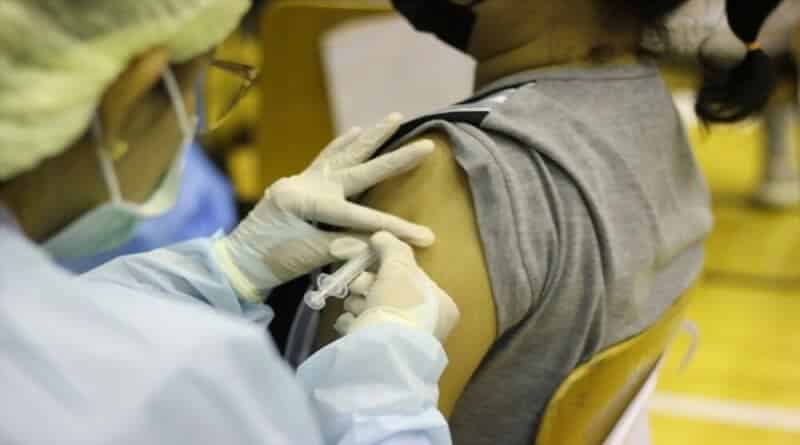Step-by-Step Guide Cleaning an Injection Site. Many medical professionals and caregivers routinely administer injections to patients, whether they are a doctor, nurses,s or at home. This is not counting the millions of injections made by Covid-19.
Injections are, in essence, the most efficient and fastest way to inject a substance into your bloodstream.
Proper sanitation techniques must be used whether the injection is intended to treat a medical condition, vaccinate intramuscularly, or numb an area.
This includes clean needles, a clean environment, a carer’s hands, and finally the injection site.
These are the ones we’ll be focusing on today.
How do You Clean an Injection Site?
Washing Your Hands
Make sure you wash your hands thoroughly with antibacterial soap. This should be done under running water to ensure that your fingers can be scrubbed effectively.
Use soap for at most 15 seconds. Rinse with tap water.
It is a good idea to use a towel to shut off the faucet. This prevents any potential pathogens from getting recontaminated.
You can then immediately put on your gloves.
Site Disinfection
Next, clean the injection site using alcohol swabbing. This is my long-held view. (I’ll explain the opposite view soon).
The standard method recommended by the World Health Organisation (WHO) is to prepare the skin using a saturated 60%- 70% alcohol swab for at least 30 seconds.
To apply alcohol, it is recommended that you use circular motions. You start by aiming at the center of the injection site and then working your way outwards until you reach an area measuring approximately 2 inches.
The solution dries quickly. The solution can be left to dry on the skin for up to 30 seconds. This will ensure that alcohol doesn’t seep into the puncture (which could cause increased patient discomfort).
Now you can inject the medication.
Opposite View
In recent years, there has been much debate about whether alcohol swabbing is an effective method of reducing infection.
One argument is that patients don’t arrive at their shots with dirty skin.
This contradicts the standard advice of the WHO and the Public Health Agency of Canada. They state that the skin should be visible and clean so no alcohol is needed.
Swabbing is still done for the patient’s safety and comfort. Although it is an “element” of the “ritual”, the cleaning of the injection site gives the patient some assurance that the protocol has been followed and the patient is safe.
This alone, in my opinion, should be sufficient to allow alcohol swabbing to continue prior to injection.
Related: Pulse Oximeter chart – Safe, Normal, and Low Blood Oxygen Levels
References
“Skin cleaning among hospitalized patients who inject drugs: A randomized controlled trial”, Michael D. Stein. Kristina S. Herman. Julia Keosaian. Bradley J. Anderson. Zoe Weinstein. Jane Liebschutz. 23 August 2020. DOI: https://doi.org/10.1111/add.15236
“Is skin disinfection before subcutaneous injection necessary? Yuko Yoshida and Risa Takashima (Certified Nurses in Infection Control Japan) explain their reasoning. January 8, 2021
DOI: https://doi.org/10.1371/journal.pone.0245202
“Best infected practices for intradermal and subcutaneous”
and intramuscular injections“, Yvan Husin, Anja Hauri. Linda Chiarello. Mary Catlin. Barbara Stilwell. Tesfamicael Gebrehiwet. Julia Garner. [WHO Link]
